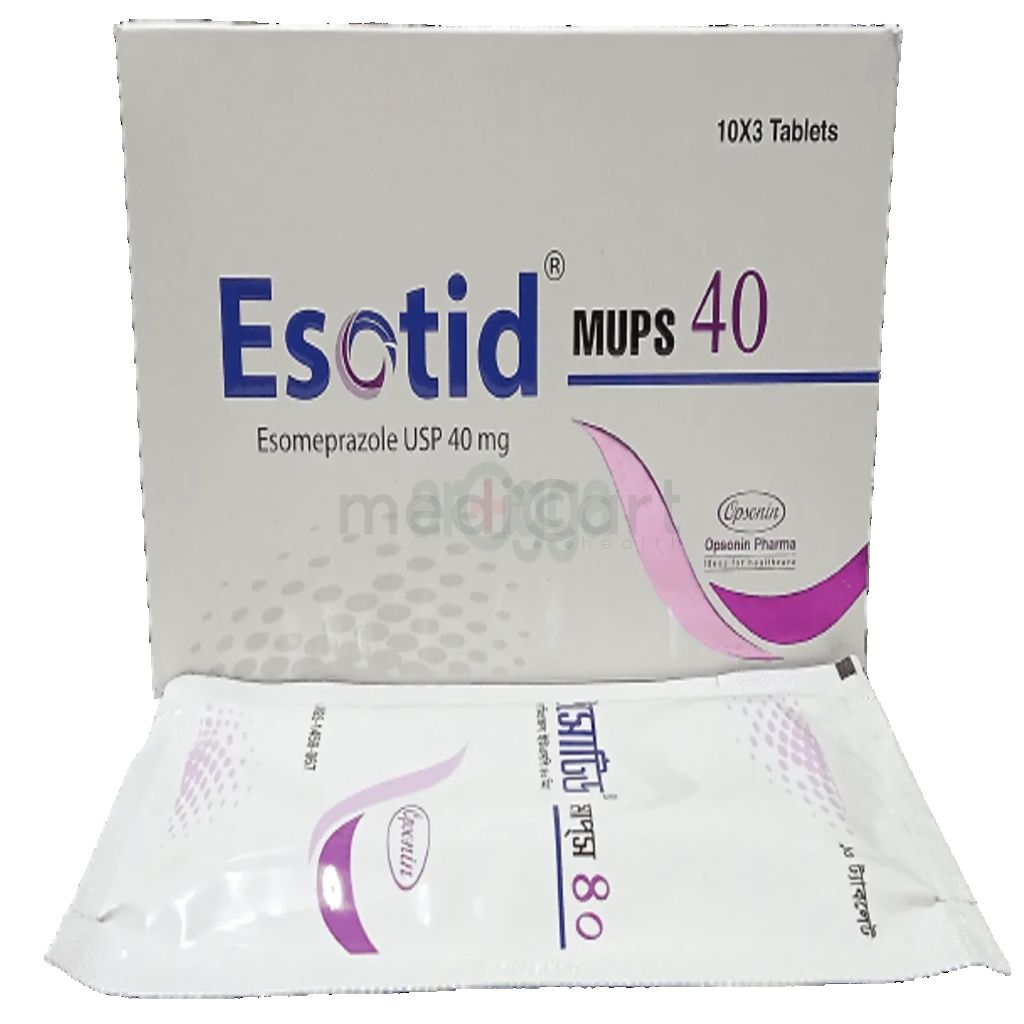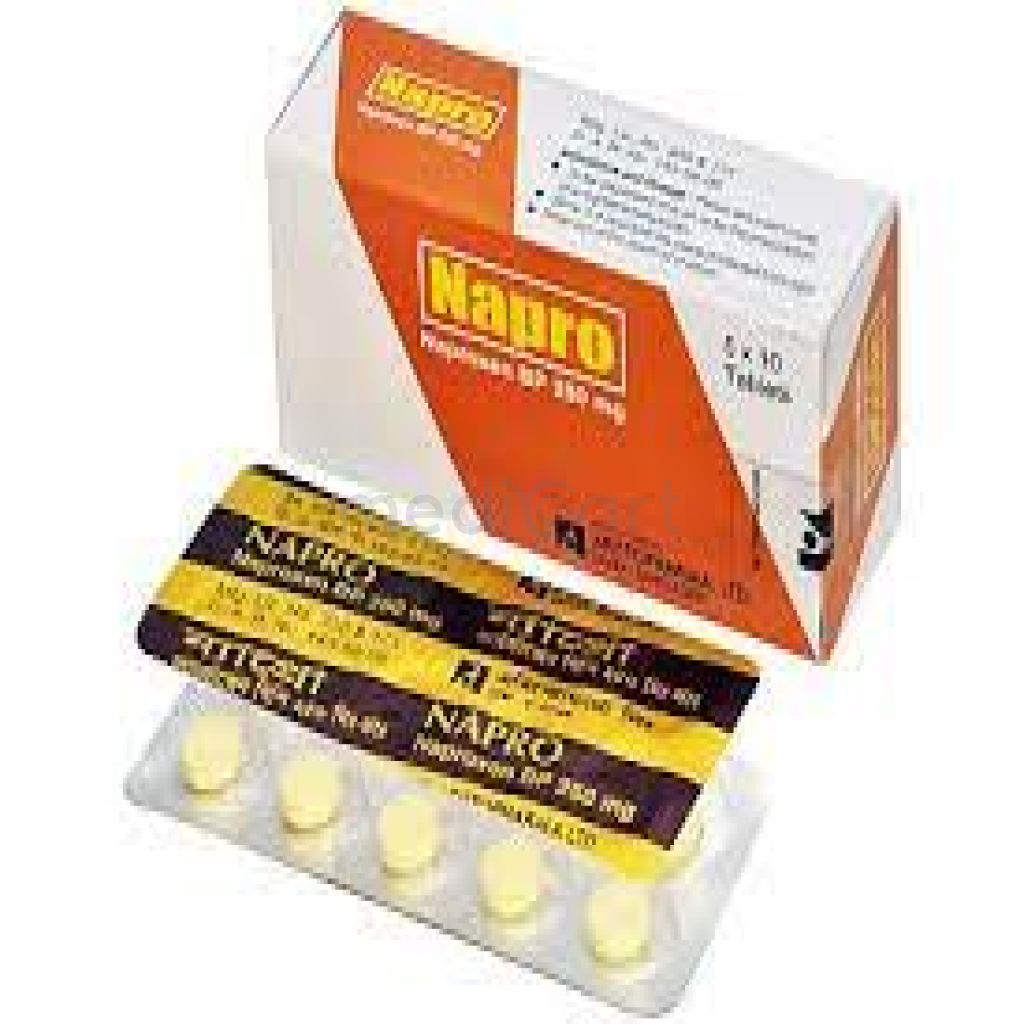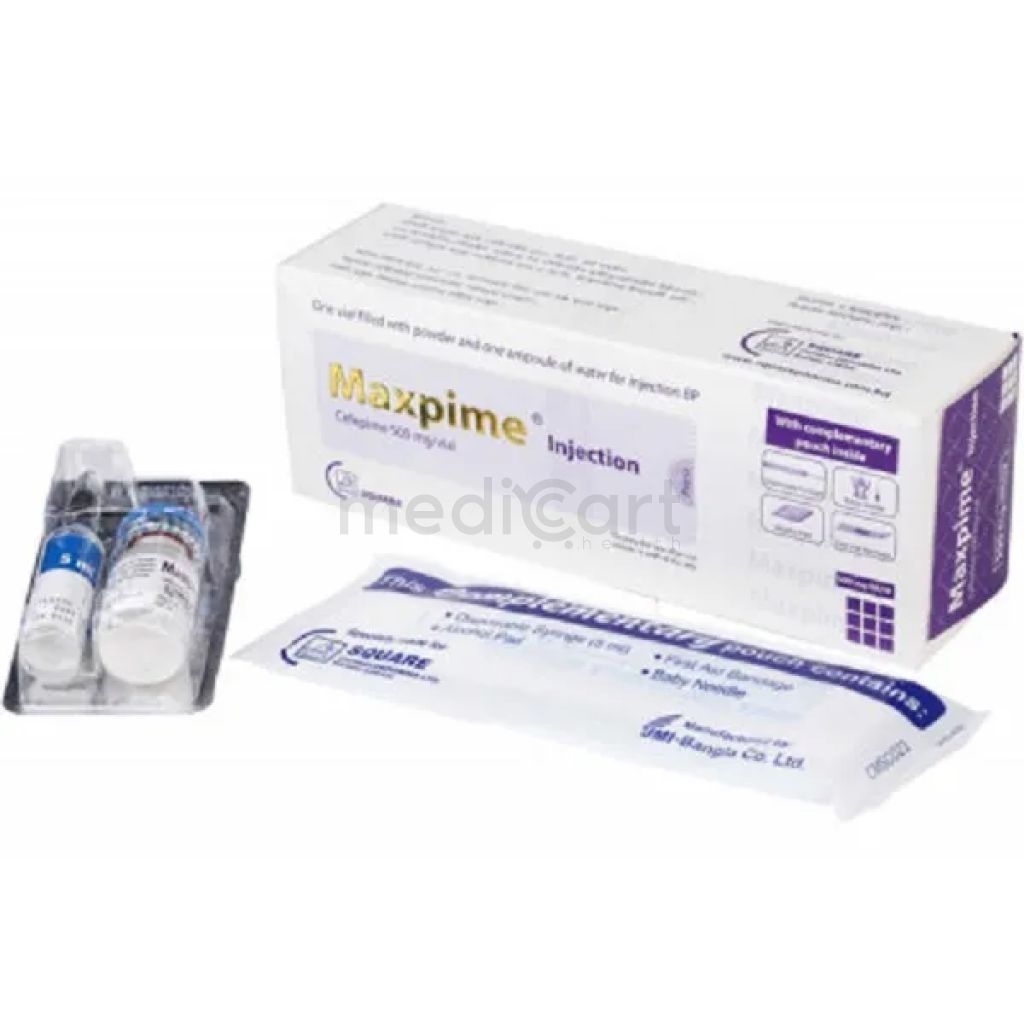

Drospi - 4mg
Tablet* Delivery will be done in Dhaka city only.
Alternative Product
More Information About - Drospi - 4mg
Description
Generic Name
Drospirenone
Precaution
Use leads to decreased estradiol serum levels; unknown if clinically relevant loss of bone mineral density may occur Some studies suggest COC containing progestin and estradiol associated with increased risk of cervical cancer or intraepithelial neoplasia; however, controversy continues about the extent to which such findings may be due to differences in sexual behavior and other factors Discontinue if jaundice or acute or chronic disturbances of liver function develop; do not resume until LFTs return to normal and causation identified; drospirenone contraindicated with hepatic impairment or benign or malignant liver tumors Consider possibility of ectopic pregnancy in women who become pregnant or report lower abdominal pain Progestins may decrease insulin sensitivity; patients with diabetes may be at greater risk of hyperglycemia and may require additional medication adjustments or monitoring Bleeding irregularities (eg, breakthrough or intracyclic bleeding or spotting) may occur, especially during the first 3 months; may resolve over time or by changing to different contraceptive; if persists, evaluate for causes (eg, pregnancy, malignancy) Carefully observe females for history of depression and discontinue drospirenone if depression recurs to a serious degree Thromboembolism risk with combined oral contraceptives containing drospirenone and ethinyl estradiol higher than those containing some other progestins plus ethinyl estradiol Drospirenone has antimineralocorticoid activity, including the potential for hyperkalemia in high-risk females, comparable to spironolactone 25 mg
Indication
Contraception
Contra Indication
Renal impairment Adrenal insufficiency Presence or history of cervical cancer or progestin-sensitive cancers Liver tumors, benign or malignant, or hepatic impairment Undiagnosed abnormal uterine bleeding
Dose
N/A
Side Effect
>10% Unscheduled bleeding, cycle 1 (64.4%) Unscheduled bleeding, cycle 13 (40.3%) 1-10% Acne (3.8%) Metrorrhagia (2.8%) Headache (2.7%) Breast pain (2.2%) Weight increased (1.9%) Dysmenorrhea (1.9%) Nausea (1.8%) Vaginal hemorrhage (1.7%) Libido decreased (1.3%) Breast tenderness (1.2%) Menstruation irregular (1.2%)
Pregnancy Category
Name : Not Classified
Description
FDA has not yet classified the drug into a specified pregnancy category.Mode of Action
Spironolactone analogue with antimineralocorticoid and antiandrogenic activity; suppresses luteinizing hormone and ovulation by binding to the progesterone receptor; also alters cervical mucus, causing unfavorable sperm penetration; changes to the endometrial lining may decrease implantation.
Interaction
Effects of other drug on hormonal contraception Drugs or herbal products that induce certain enzymes, including CYP3A4, may decrease systemic concentrations of hormonal contraceptives and potentially diminish the effectiveness or increase breakthrough bleeding Instruct women to use a nonhormonal backup contraceptive for 28 days after discontinuing the enzyme inducer Strong CYP3A4 inhibitors may result in a moderate increase of drospirenone systemic exposure Effects of drospirenone on other drugs Potential for increased serum potassium concentration if drospirenone coadministered with other drugs that increase potassium levels
Pregnancy Category Note
Pregnancy Based on epidemiologic studies and meta-analyses, there is little or no increased risk of birth defects in the children of females who inadvertently use oral progestins during early pregnancy Discontinue if pregnancy occurs, as there is no reason to use hormonal contraceptives during pregnancy Human data Epidemiologic studies and meta-analyses have not found increased risk of genital or nongenital birth defects (including cardiac anomalies and limb-reduction defects) following maternal use of oral progestins before conception or during early pregnancy Lactation Negligible amounts of drospirenone are excreted in the breast milk At therapeutic doses, no effects on breastfed newborns/infants are anticipated Human data After daily administration of 4 mg, the average drospirenone concentration in breast milk over 24-hour period is 5.6 ng/mL Based on this concentration, the estimated average infant daily dosages for an exclusively breastfed infant is 840 ng/kg/day (relative infant dose is 1.5%)
Adult Dose
Contraception 1 tablet once daily for 28 consecutive days; 1 white active tablet/day during the first 24 days and 1 green inert tablet/day during the 4 following days. Hepatic impairment: Contraindicated
Child Dose
N/A
Renal Dose
Renal impairment: Contraindicated
Administration
Should take every day at about the same time of the day so that the interval between 2 tablets is always 24 hr
Disclaimer
The information provided herein are for informational purposes only and not intended to be a substitute for professional medical advice, diagnosis, or treatment. Please note that this information should not be treated as a replacement for physical medical consultation or advice. Great effort has been placed to provide accurate and comprehensive data. However, Medicart along with its authors and editors make no representations or warranties and specifically disclaim all liability for any medical information provided on the site. The absence of any information and/or warning to any drug shall not be considered and assumed as an implied assurance of the Company.





